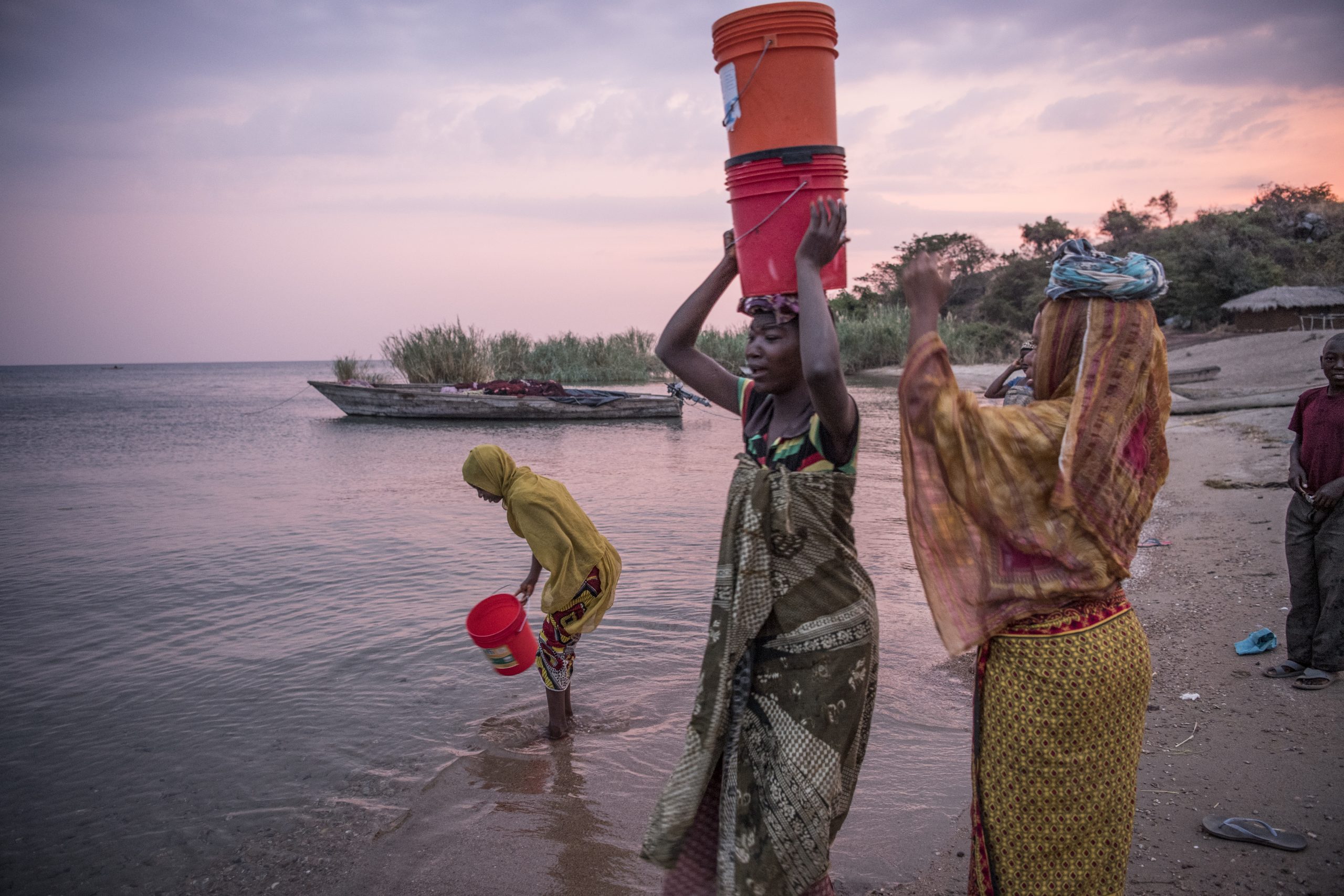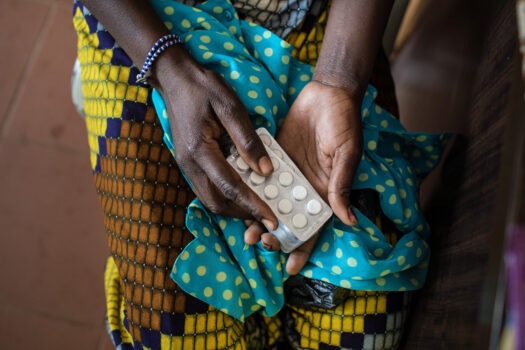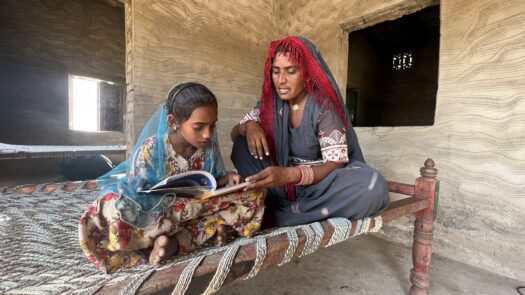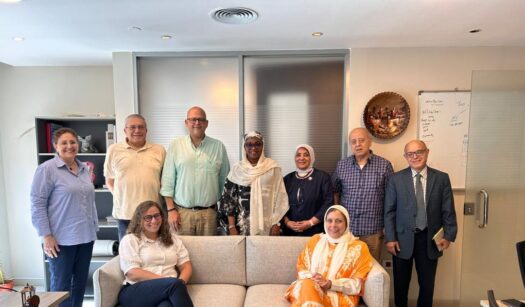While the globe has been focused on COVID-19, climate change has continued to ravage communities around the world. The World Health Organization (WHO) estimates that 150,000 annual deaths in low-income countries result from the adverse effects of climate change.[1] Meanwhile, each year 2 million women and children worldwide die prematurely from illness caused by indoor air pollution, primarily from smoke produced while cooking with solid fuels.[2] Climate affects issues core to our work– from health to livelihoods, to the well-being of communities. It is also a threat multiplier and exacerbates inequities including climate-induced weather-related disasters; floods contaminate freshwater supplies, heightening the risk of water-borne diseases; and rising temperatures and variable rains decrease food production and food security.
The countries where climate change presents the most significant risks are often those that face the greatest barriers to achieving Universal Health Coverage (UHC). Africa is home to many of the places that are most susceptible to the effects of climate change, hitting the most vulnerable hardest. Climate change contributes to food insecurity, population displacement, stress on water resources, and threats to human health. The difficult social and economic setting of most Africans, especially women and children, exacerbates their vulnerability.
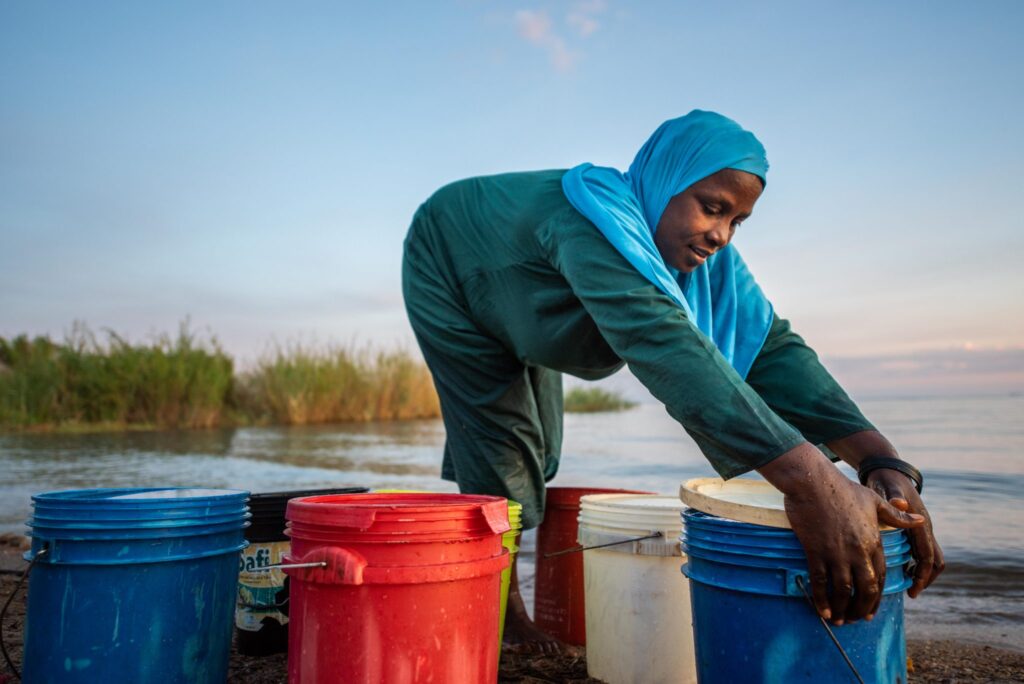
For almost a decade, Pathfinder International, through its integrated programming on women and the environment, has addressed some of the most pressing issues affecting rural and vulnerable populations—including the effects of climate change, food security, nutrition, livelihoods, sexual and reproductive health and rights, and gender inequities. The Health of People and Environment in the Lake Victoria Basin project in Kenya and Uganda and Tuungane “Let’s Unite” project in Tanzania, for example, not only cleaned up the environment and made natural resources more sustainable, but fostered gender equality and resilience—preparing communities to withstand shocks and stressors from climate change through the leadership of women and girls. We continue this work and are expanding it today through our women and climate programs.
These integrated programs showed us that we urgently need multisectoral programs that prioritize health, the environment, and the empowerment of women and girls. At Pathfinder, we are building on our women and climate change programs by taking important steps to mobilize a global movement that positions women and girls as leading agents of change in climate adaptation and resilience. This movement will form new and unique partnerships that integrate climate solutions to strengthen the voice and agency of women and girls, build more resilient communities, enhance reproductive rights, and much more.
Our plan of action includes three main approaches:
- Meeting unmet needs for contraception and sexual and reproductive health care, a key source of underlying vulnerability.
- Investing in girls’ agency, education, and literacy, including curricula linking climate with sexual and reproductive health.
- Facilitating women’s engagement with climate planning information and activities.
We must strengthen health programs to alleviate existing gender-based health disparities while addressing the growing burden of climate change on communities. Unfortunately, countries most vulnerable to the impacts of climate change are often the least able to finance the actions necessary to address these impacts. Greater synergies between the health and climate change sectors can help to fund health-relevant adaptation and mitigation.
Multisectoral programs must directly address the needs of women and girls to build sustainable and viable communities. While the direct impact of climate change is seen in droughts, tsunamis, cyclones, or floods, the secondary impact of these events are seen in women unable to access healthcare due to flooded roads, children at risk of waterborne and sanitation-related diseases, women vulnerable to sexual violence as they walk long distances to obtain water, and young girls who are being married off to secure wealth as their communities lose cattle to droughts. Women are also often left to clean, rebuild, and take up leadership roles after an ecological disaster.
This is why events like the African Health Agenda International Conference (AHAIC) are paramount for promoting gender-based solutions to address some of Africa’s most pressing health challenges. The event brings together a diverse range of stakeholders who inspire greater commitment to Africa’s progress toward UHC. At the recent AHAIC, Pathfinder cohosted a panel discussion on women and climate change to discuss actions the health community should take to address climate change in Africa. Collectively the panelists called on key stakeholders, governments, and partners to address the needs of women and girls in climate solutions.
We need to do things that are catalytic that achieve co-benefits. The world is calling for brave new funders willing to explore co-benefits and set in place metrics that go beyond the silo of each field. Pathfinder is leading with partners to explore this nexus and who are committed to impact and learning. We are collaborating closely with country leaders who can integrate climate in their existing and future work.”
Lois Quam, President and CEO Pathfinder International
The panelists’ recommendations are included in the following actions that can be taken to improve the lives of women and girls affected by climate change and develop stronger multisector programs to address health and climate change simultaneously:
- Empower women and girls with skills and training. Skills development is essential for women and girls to build capital that will give them autonomy over their reproductive health and health care, and further allow them to adapt and respond to climate change.
- Ensure safe and healthy births. It is our collective duty to ensure no woman dies in childbirth because she has been cut off from a hospital due to floods, and no child should miss school to collect water due to drought.
- Engage local female leaders and invest in young women’s leadership in sexual reproductive health and rights. Women and girls in leadership positions can create a platform for promoting gender-sensitive infrastructure such as providing access to safe and private hygienic facilities, supplying clean and renewable energy in rural and urban areas, so that women do not need to collect fuelwood, and much more— all of which is crucial to women’s safety and wellbeing. The needs of women and their families will only be addressed through their leadership on issues of health and climate change. A positive step in this direction is the new Gender Action Plan, approved during the climate talks in Madrid, which strengthens gender perspectives and women’s participation in climate action. We must keep up the momentum by aligning gender-responsive climate policies with the 2030 Agenda for Sustainable Development Goals.
- Ensure health considerations and health co-benefits are not overlooked in climate change policies and plans. Partnership on climate change has largely ignored the health sector. The voices of the health sector need to be heard in climate change negotiations.
- Harmonize efforts among communities, public and private organizations, and governments by using global meetings to educate, inform, and influence the agenda.
- Integrate public health into climate change policy and planning. Climate policies and plans need to reflect health while health policies need to be reflective of climate to safeguard the health and wellbeing of the most vulnerable.
- Create broad strategies by working with a wide variety of stakeholders to address the short- and long-term impacts of climate change on the environment, infrastructure, and public health.
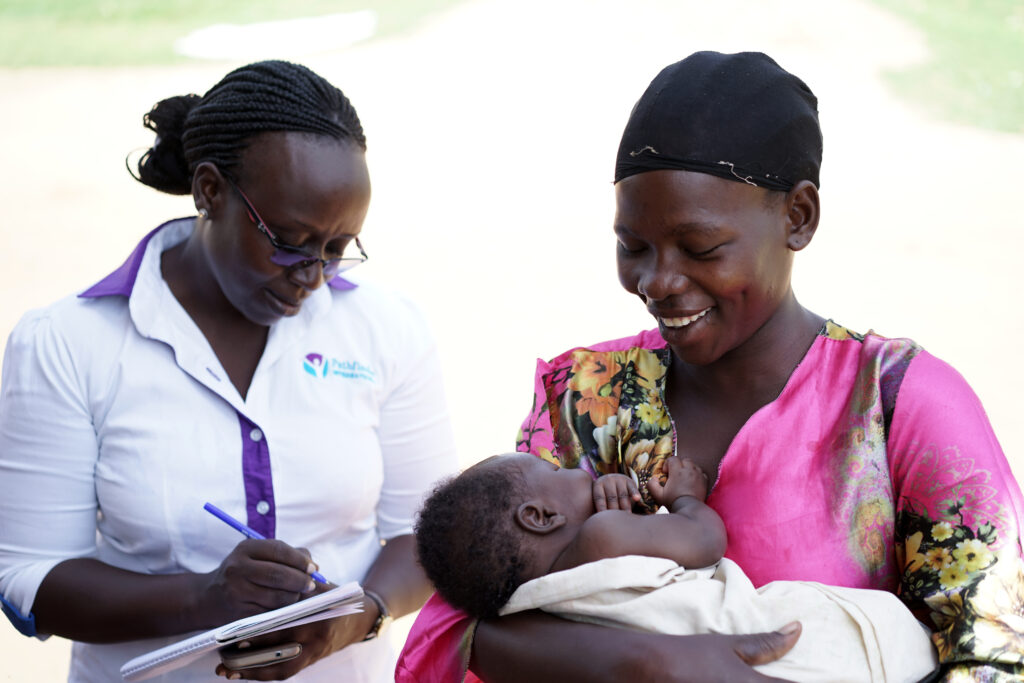
We must recognize the importance of climate change as a health equity issue and a gender issue as we collectively focus on strengthening health systems and policies in Africa. The COVID-19 pandemic has exposed the inadequacies in health systems of many countries, especially low- and middle-income countries. National governments need to shift from “political will to political action” in strengthening local health systems and ensuring proper investment in health. Leaders, donors, advocates, and implementers need to commit to multisectoral action to address health equity and gender-responsive climate change strategies in all policies.
We must work together, across partners and governments, on plans and solutions. Together, we can curb one of the greatest threats to our continent.
Learn more about how Pathfinder is shaping the global movement around women and climate. Read about how we are building the resilience of climate-vulnerable communities in western Tanzania.
References:
[1] https://cleanleap.com/adverse-effects-climate-change-health-africa-and-asia
[2] UNDP, Gender and Climate Change.
